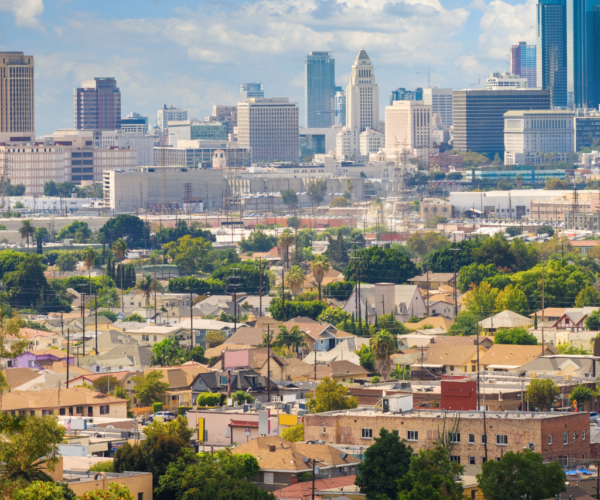Curating the City: LGBTQ Historic Places in L.A.
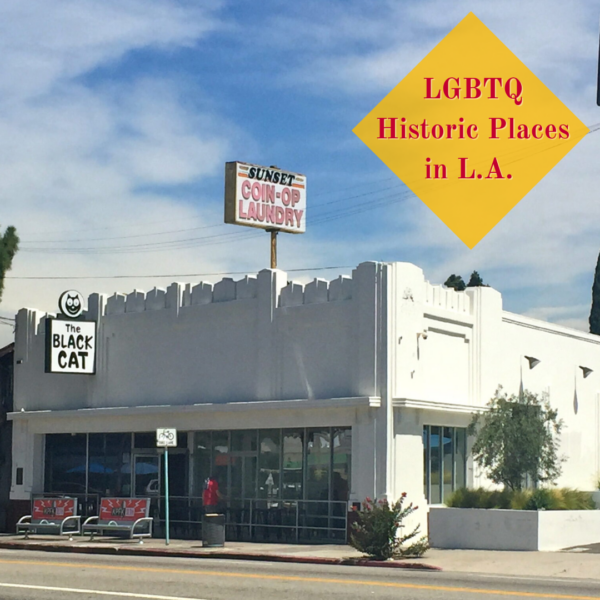
Curating The City
LGBTQ Historic Places in L.A.

LGBTQ Historic Places in L.A. is a film project that aims to bring together a diversity of stories, perspectives, and experiences that reveal the layered historic and cultural importance of LGBTQ places throughout L.A. County
Overview
Greater Los Angeles has long been at the forefront of creating and shaping a collective, yet diverse LGBTQ (lesbian, gay, bisexual, transgender, and questioning and/or queer) identity. For decades, the region and its residents have played an important role in bringing LGBTQ experiences into the public consciousness.
Over the course of the twentieth century, the region was home to the world’s first gay pride parade, the world’s first LGBTQ synagogue and oldest continuously operating Christian LGBTQ ministry, the country’s longest-running LGBTQ publication, and groundbreaking work in medical research and care for members of the LGBTQ community.
Nonetheless, local contributions to LGBTQ history are often eclipsed by the legacies of New York’s Stonewall riots and San Francisco’s reputation as America’s “Gay City.”
Curating the City: LGBTQ Historic Places in L.A. aims to recognize the unique stories and contributions of Los Angeles’ diverse and constantly evolving LGBTQ communities. This microsite represents the first major step in our broad efforts to tell these stories and to identify, promote, and preserve these rich, yet complex historic places.
While some of the places highlighted on this microsite have architectural importance, many are modest in appearance and require a deeper look beyond their facades to fully understand their stories and cultural value.
Architecturally unspectacular buildings also deserve recognition for the important roles they’ve played in defining many communities in Los Angeles, including the region’s diverse LGBTQ communities.
These stories come alive and are much more meaningful when the physical building in which they occurred still exists. Use these pages to learn more about the history of LGBTQ Los Angeles. The content of this microsite will continue to expand over time as new stories and places come to light.
Special Thanks
Special thanks to Arielle N’Diaye, a Conservancy 2015 Getty Multicultural Undergraduate Intern, for her contributions to this project.
History of LGBTQ Los Angeles
The LGBTQ history of Greater Los Angeles touches upon the many racial, gender, religious, sexual, and socioeconomic identities and communities that contribute to the diversity of the region.
To date, current literature on queer history and, more specifically, the queer history of Los Angeles, is sporadic and largely incomplete. (Read how and why we use the term “queer.”)
Conventional scholarship did not begin to treat the history of LGBTQ individuals as a legitimate field of study until the 1970s, when critical thought around topics such as gender and sexual identity began to emerge.
Early attempts to document LGBTQ history did not focus on communities, but rather on the experiences of well-known and well-respected historical figures such as Walt Whitman, Frida Kahlo, and Alexander the Great.
From the 1820s through the 1970s, LGBTQ life in Los Angeles was largely underground and functioned along the lines of a subculture.
For decades, non-heteronormative behavior in Los Angeles was either illegal or cause for investigation. Bars and private residences served as primary social spaces for queer individuals to gather and meet one another, though police harassment was common in public establishments.
For many LGBTQ individuals in the region, the entertainment industry provided a safe and open work environment. The same social mores that gave performers the freedom to be themselves were often extended to those who worked behind the scenes.
During and immediately following World War II, the LGBTQ population in Los Angeles dramatically increased, much as it did in other major cities like Chicago, New York, Philadelphia, San Diego, and San Francisco.
The postwar era witnessed the rise of new LGBTQ civil rights organizations, social spaces, and cultural institutions as perceptions of sexual and gender identity evolved.
Beginning in the 1970s with the onset of the gay liberation movement, the nature of queer public spaces began to change drastically.
Many LGBTQ bars reached their peak popularity in the 1970s and 1980s, often meeting full capacity nightly. The 1990s saw a resurgence of interest in queer literature, and, as a result, queer bookstores grew more common in major cities across the country.
By the early 2000s, LGBTQ communities began experiencing unprecedented levels of acceptance and positive visibility within mainstream heteronormative society. This resulted in a large decrease in patronage to LGBTQ establishments that were once essential fixtures in the 1970s, 1980s, and 1990s.
Over the last several years, many establishments that once catered exclusively to queer individuals have changed hands or closed their doors. Yet there are anomalies to this pattern.
Neighborhoods such as Downtown Los Angeles, where residential populations have grown and attracted a younger demographic, have actually seen a rise in the establishment of new LGBTQ bars and nightclubs.
Explore LGBTQ Los Angeles
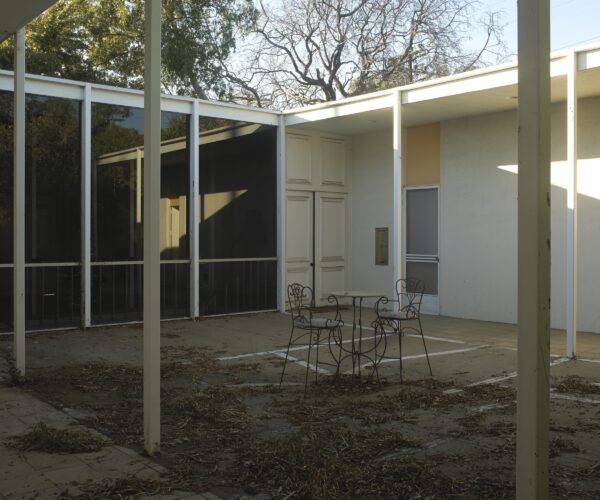
Place
Albert Van Luit Complex
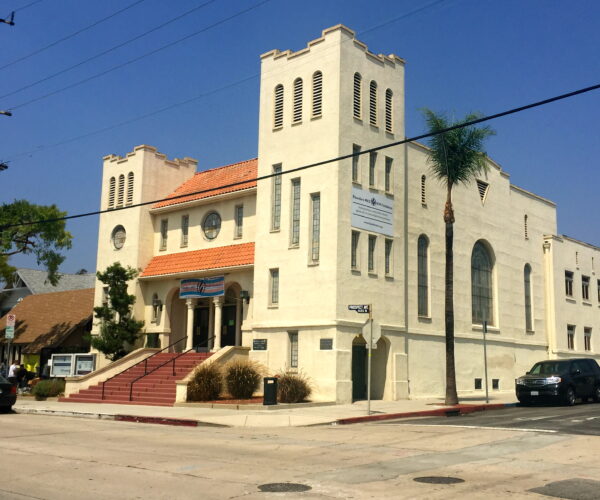
Place
Metropolitan Community Church
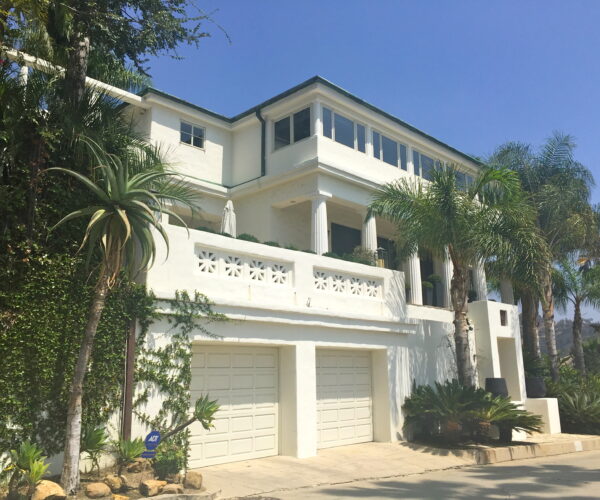
Place
Arzner-Morgan Residence
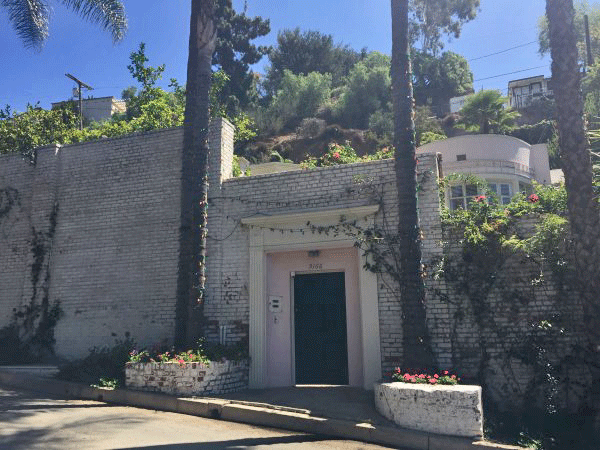
Place
George Cukor Residence
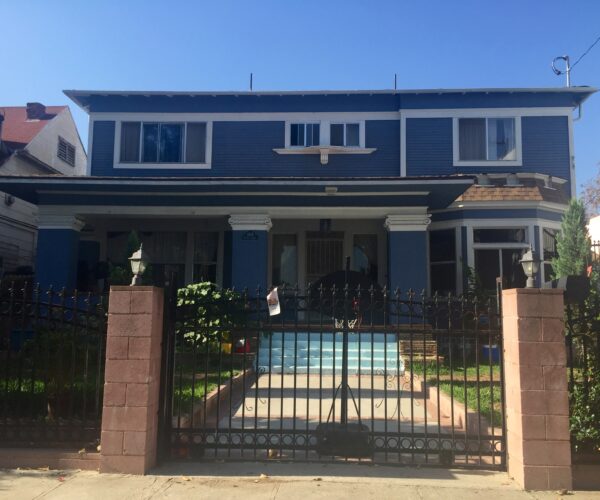
Place
Bob Mizer Residence and Studio
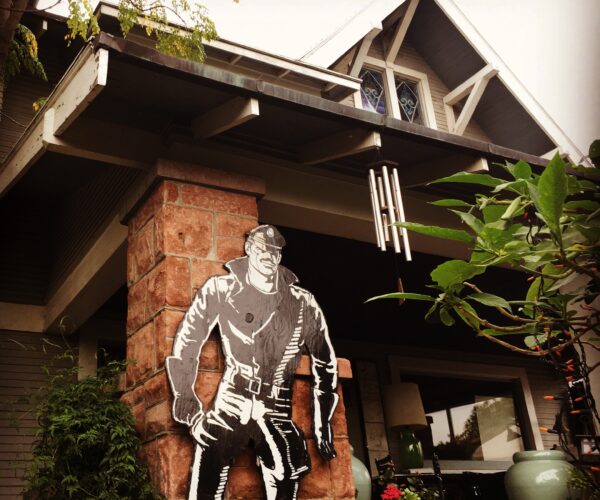
Place
Tom of Finland House
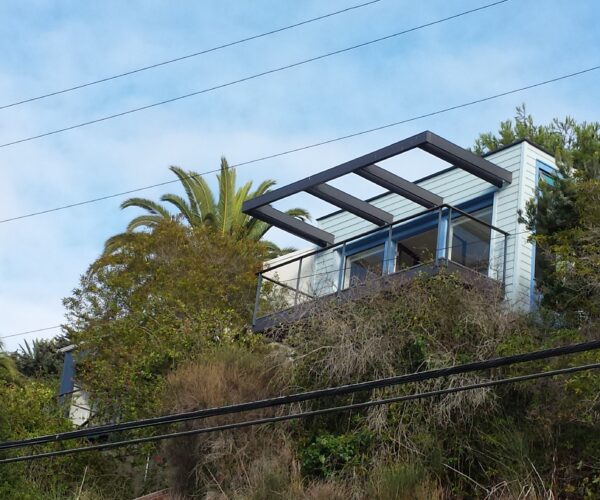
Place
Isherwood-Bachardy Residence
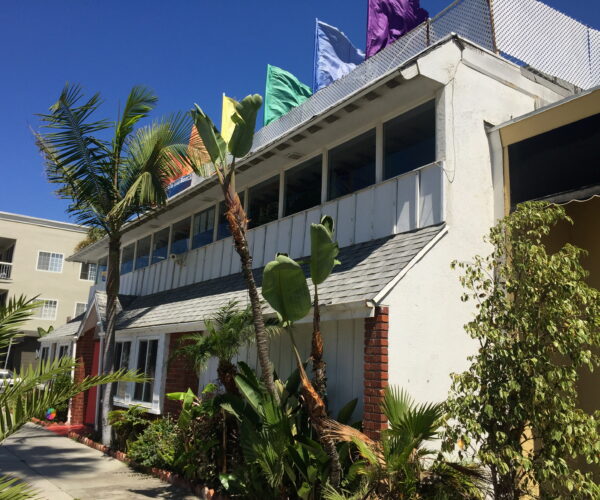
Place
Club Ripples
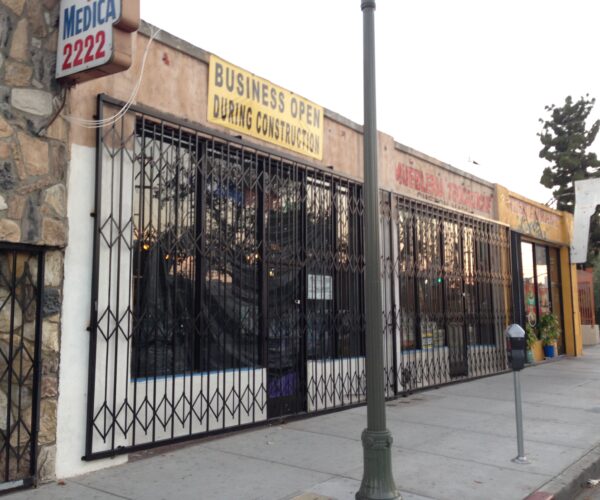
Place
Redz (Former)
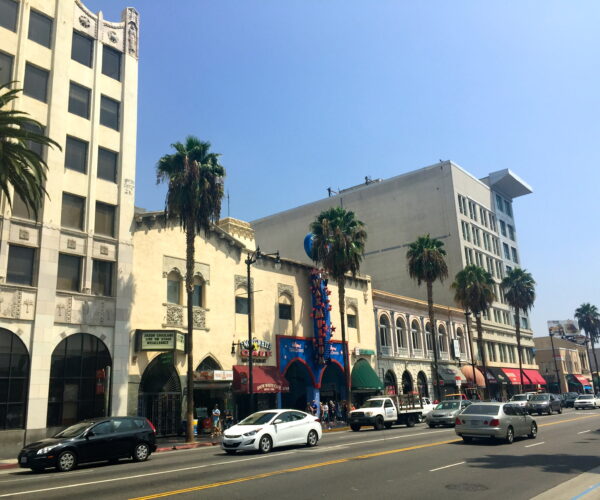
Place
Christopher Street West / L.A. Pride Parade
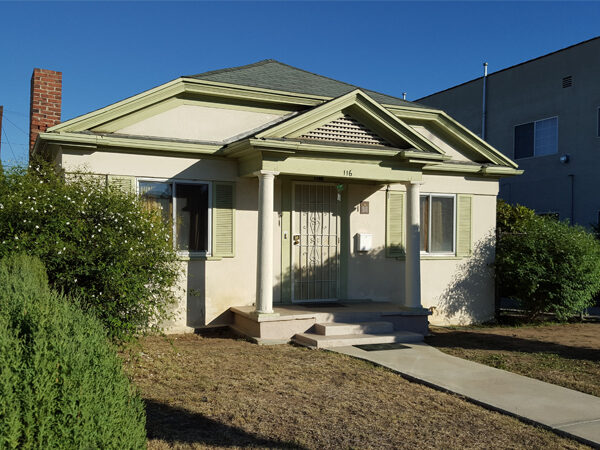
Place
Liberation House

Place
Albert Van Luit Complex

Place
Metropolitan Community Church

Place
Arzner-Morgan Residence

Place
George Cukor Residence

Place
Bob Mizer Residence and Studio

Place
Tom of Finland House

Place
Isherwood-Bachardy Residence

Place
Club Ripples

Place
Redz (Former)

Place
Christopher Street West / L.A. Pride Parade

Place
Liberation House
LGBTQ Heritage in California and Beyond
In March 2015, Historypin, a map-based community archiving network, launched California Pride: Mapping LGBTQ Histories. Funded by the National Trust for Historic Preservation, the project is designed as an online archive of memories, stories, and images related to important LGBTQ places throughout the state. The California Preservation Foundation is the fiscal sponsor. Visit the Preserving LGBT Historic Sites in California Facebook page for regular updates.
Nationally, the Rainbow Heritage Network advocates for the recognition and preservation of LGBTQ sites, history, and heritage across the U.S. The coalition represents a diverse group of preservationists and activists, and anyone can join. Join the conversation on the Rainbow Heritage Network’s Facebook page.
The National Park Service (NPS) also unveiled a new LGBTQ Heritage Initiative in May 2014. The project will include a theme study identifying places, events, and people associated with LGBTQ history in the U.S. for inclusion in the NPS’ parks and programs.
For a more detailed history of LGBTQ places in Los Angeles, including recommendations for further reading, please see the City of Los Angeles’ LGBT Historic Context Statement.
LGBTQ History in Los Angeles
Greater Los Angeles is home to numerous institutions that house important LGBTQ collections, including:
The stories you see here are just the beginning. We need to hear from you! Please contact us to share your stories about the places on this microsite or others that we should highlight.
Please see our Explanation of LGBTQ Terms to learn more about the terminology used on this microsite.
This microsite is just the beginning of an ongoing initiative to recognize, understand, and preserve sites important to LGBTQ communities. Please help us make it even better by sharing your own stories of places that are important to you and/or broader LGBTQ communities.
We also welcome your feedback on the microsite as our work expands in the future.
